Popular Mechanics: Building A Deck Of Junk
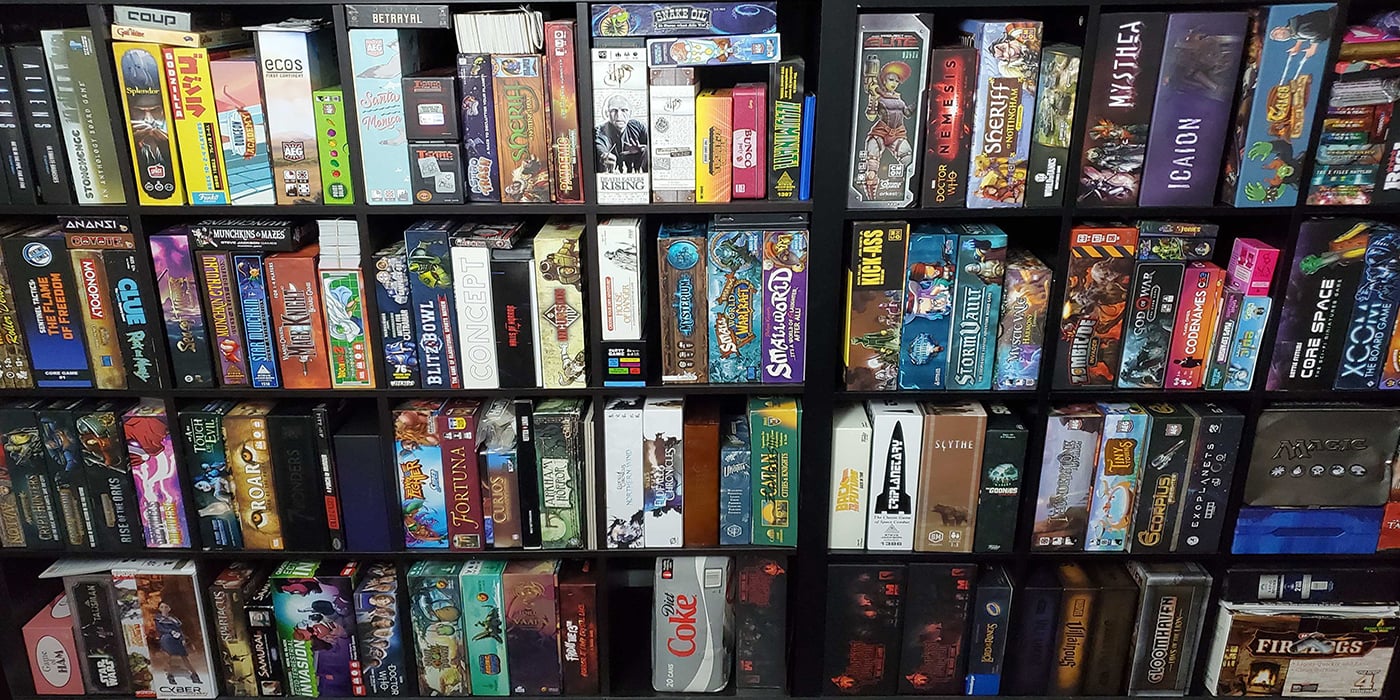
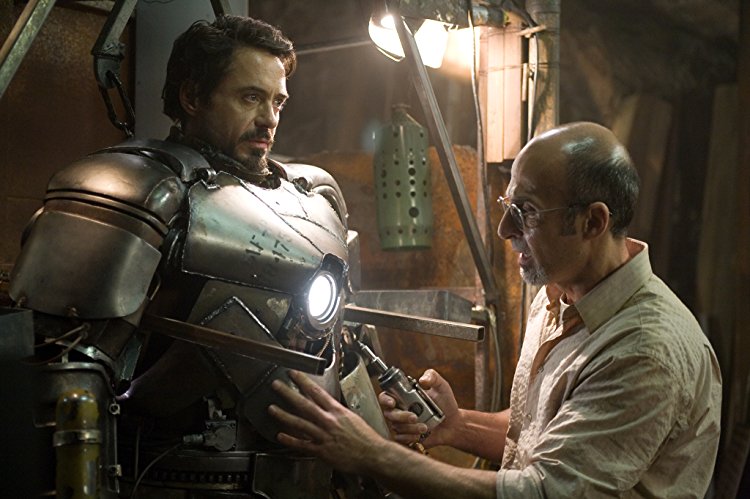
Let’s make a game! Building the best possible deck is no easy feat, especially when you’re surrounded by junk.
Salutations, friends! Welcome to Part 3 of this chapter of Popular Mechanics on Deck Builders. If you missed them, click here for Part 1: Building a Deck Without Home Depot and Part 2: Deck Builder As A Game Or A Mechanic.
As always in Part 3, today we are going to be designing our own game using everything we’ve learned over the course of this chapter. Before we get to the game, let’s go over our goals to keep in mind while designing our game.
Goals
If you read Part 2, you’ll remember the crux of that article being whether it is better to have a deck builder be the core of the game or just one of the game’s several mechanics. Because the whole of this series is to show off the mechanic as a highlight, it makes sense that we would design a pure deck builder. However, we will be making a few tweaks to the format, as we’ll see later.
But what do we want to achieve with this game design? I’ve come up with 3 overall goals to consider.
- Goal 1: Avoiding Parallel Gaming
- Goal 2: Have Multiple Viable Strategies
- Goal 3: Offer More Options Than Buy and Play Cards
So keep those goals in mind as we go over our game for this chapter: Junkyard
Overall Game Description
Junkyard takes place in a far distant future where highly complex machines are thrown away at the drop of a hat. The players take the role of evil engineers which have been sentenced to be marooned on an island of junk as punishment for their crimes against humanity. The goal for the players is to be the first to jury rig a machine which will allow them to leave the island one way or another.
 But how will you escape this poorly photoshopped island of junk? How? HOW?!
But how will you escape this poorly photoshopped island of junk? How? HOW?!
The game’s Supply is set up with several piles of different groups of cards. Each group is skewed to contain more of a specific type of card than the other piles. Each different type of card represents a different type of machinery or technology and will lend better towards a certain playstyle.
Within each group, there is a deck which is made up of the cards specific to that group. Cards are flipped from each deck to create 4 faceup piles of 3 cards for each group. The faceup cards are the game’s Supply and represent the junk found on the island. At the end of each round, cards are flipped from each deck onto each faceup pile in its group. More junk is being added to the junkyard. The players all know what is buried in each pile. So if they see something they want but it gets buried by more junk, they might have to go digging to get that card. These cards are the various machines, devices or parts which have been thrown away. Anything from batteries to nuclear reactors or remote controls to AI supercomputers.
Each player begins with a deck containing some basic scrap parts and batteries. Not enough to do much with but will allow the player to take the basic actions needed to improve their deck and their machines. At the beginning of each round, there is a bidding phase where players will offer parts to be thrown away to the junkyard in order to determine turn order.
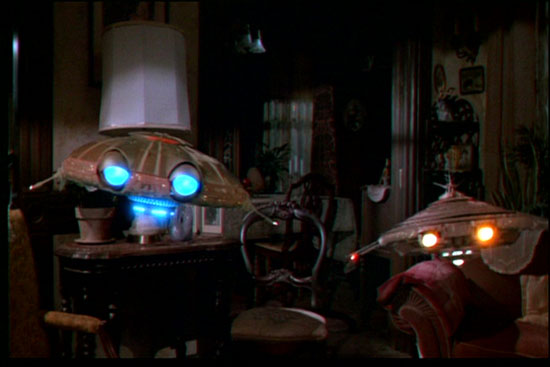 Batteries Are Included, but you have to draw them
Batteries Are Included, but you have to draw them
During each player’s turn, they have 3 things they can do: draw 1 card, construct 1 machine and power 1 machine. Cards drawn can only be the topmost card from any face up pile. The cards the players draw from the junkyard are broken and need replacement parts. Each card has listed on it what it required to repair it, as well as what components it has which are salvageable. Players can begin repairing a machine by placing it in their play area. During their turn, they can attach cards which have the components that the machine requires. This can be done over multiple turns.
Once a machine is completed, it remains there, usable in all future turns. Completed machines provide a variety of effects such as drawing additional cards, adding Sticky Cards to your opponent’s deck or moving cards around in the Supply. However, machines require power to function. Each time a machine is powered, it will need fuel. Fueling a machine requires a player discarding the top cards from their deck. If a player runs out of cards in their deck, the machine will only run at half power for a weaker effect. A player is not allowed to reshuffle their discard while fueling a machine. So keeping a constant source of raw materials on hand is vital to having a lot of powerful machines running at once.
Within each junkyard group there are several machines which can grant players a way off the island. Once one of these machines is thrown away, the players will have to scramble to grab it first and start attempting to repair it. There are a bunch of different machines so finding one isn’t super hard, but getting it to full operating capacity is. First player to complete a machine which grants a method of escape wins!
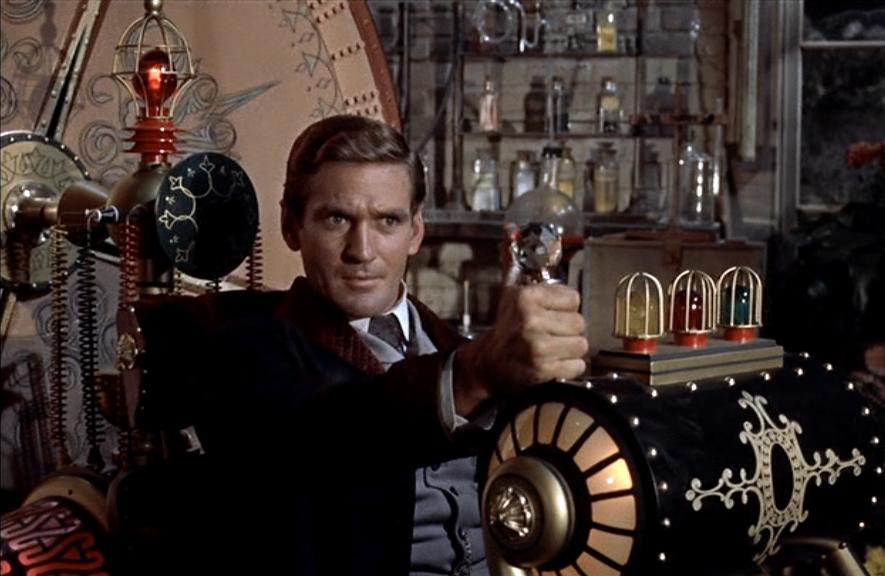 Escape one way or another
Escape one way or another
Design To Goal #1
So that’s Junkyard. But did we achieve our goals?
The first goal was to avoid Parallel Gaming. If you don’t know what Parallel Gaming is I recommend you read Part 2 of this chapter. Plenty of the machines offer the players the ability to mess up their opponent’s works. By granting this option, it forces players to be more dynamic in their tactics. Because you don’t know what your opponents are going to be building and how that might affect you, you have to be open to altering your initial plan as the game progresses.
Additionally because of how the game is set up, the Supply functions differently than in other games. The available cards are open to all players which means if there is a valuable card on top of one of the piles, the players are going to have to fight for it. The bidding phase offers players the option to spend a lot of resources to go first. But they will have to balance sacrificing a lot of their own supply in order to gain that one card.
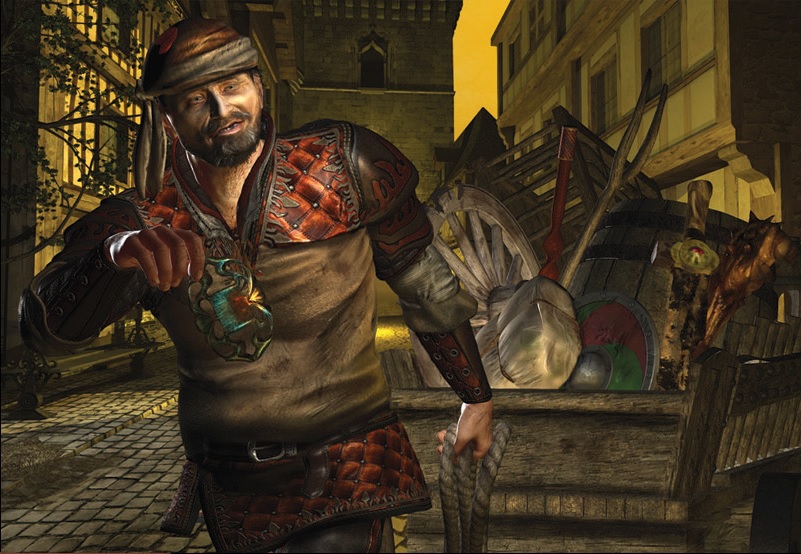
So overall, with the amount of player interaction, I think it is safe to say that we have accomplished Goal #1.
Design to Goal #2
One of the things that bothers me most about deck builders is they often all play very similarly. The best deck is thin and has only the very best cards. However, in Junkyard your deck is your supply of machine parts and components, but also your supply of raw materials for fuel. So you can have a thin deck of only the best cards, but you won’t be able to maintain powering multiple machines at once. Alternatively, a player could opt to have a big deck with lots of cards. Each turn they have a low chance of getting their best cards, but they will be able to keep multiple machines running at once.
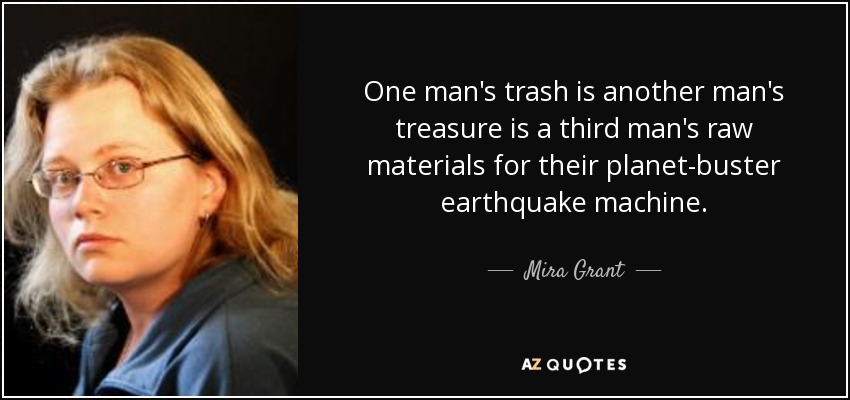
Also, because the junkyard is separated into different junk groups, players are able to tune their deck how they want and don’t have to wait around until a card they really want shows up in the Supply.
Both of these factors do a good job of ensuring Goal #2 is met by allowing multiple strategies to be viable during play.
Design to Goal #3
Because the players have machines to build and run, it gives players more to do than just buying and playing cards. To further that point, once a player has multiple machines completed, they might not have enough power and fuel to run both. This will give the player choices within each turn on top of which cards to draw.
So with that, Goal #3 is completed.
Final Thoughts
Overall, I like Junkyard a lot. I’m a sucker for any game theme which in the realm of building machines. What I also like about it is it would be very easy to design in such a way that could play for some very cool combos with the different machines a player could build.
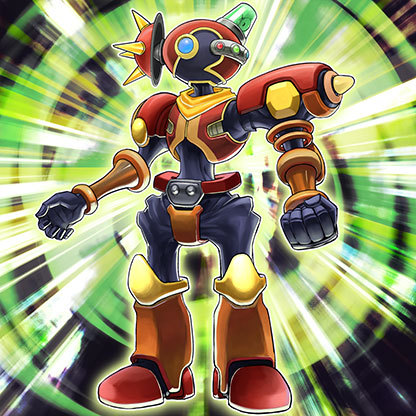
Disclaimer: Junkyard is not a completed project. So please ignore any points that don’t fully make sense and have obvious holes. The idea is just to get the base idea out there on how we can take what we learned over the chapter and apply it to a new game design.
But that’ll be it for this chapter of Popular Mechanics on deck builders. If you liked what you read or have any feedback or ideas how to improve Junkyard, please let me know in the comments!
Thanks for reading!




